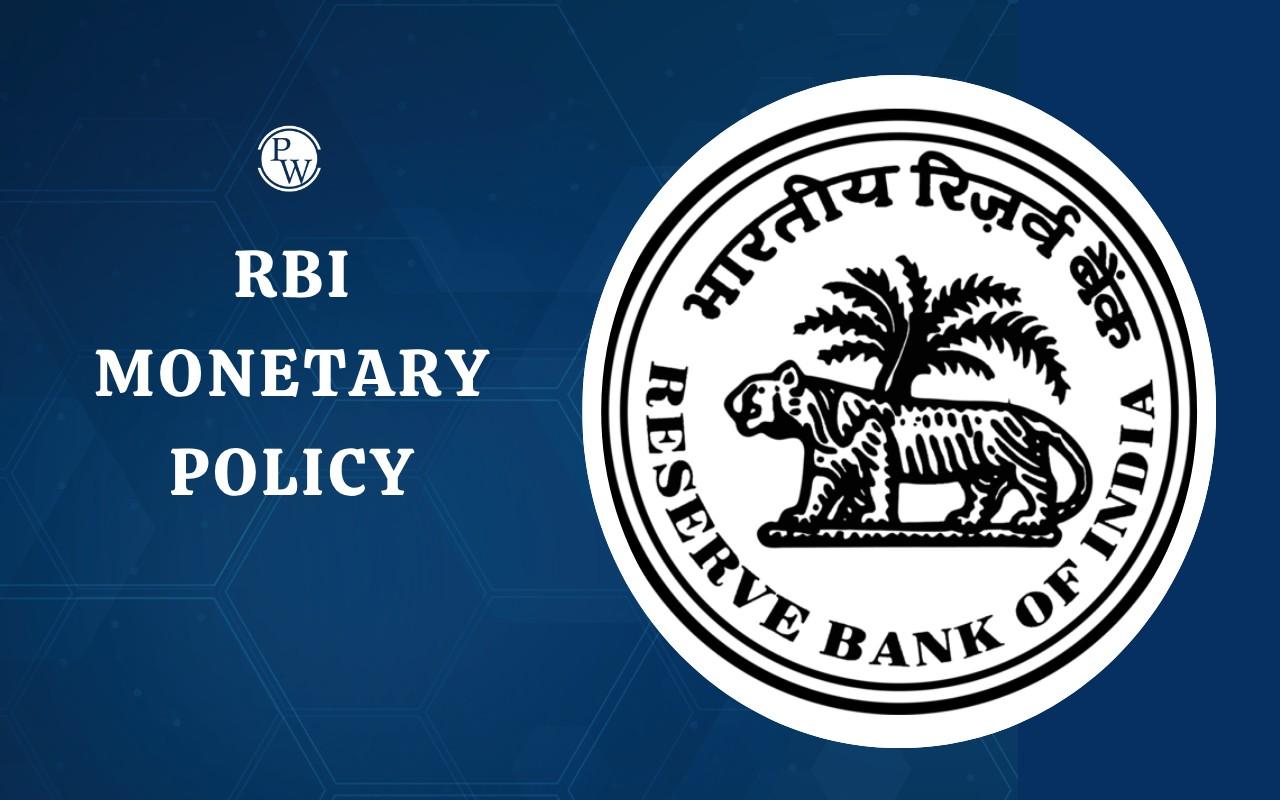
Crime rate in India gives insight into the overall safety and effectiveness of law enforcement. An annual report of the National Crime Records Bureau (NCRB) depicts that the overall crime rate in India has dropped by 0.56%. Despite this, the crime rate in India has been a growing concern, affecting both rural and urban areas. Read on to find out the current crime rate in India.
Crime Rate in India
India reports thousands of crimes each year. These include serious crimes like murder and rape, as well as economic crimes like fraud. According to a report released by the National Crime Records Bureau (NCRB) in 2024, the crime rate in India was as follows per 100,000 people:
| Head | Crime Incidence | Crime Rate | ||||
| 2020 | 2021 | 2022 | 2020 | 2021 | 2022 | |
| Indian Penal Code (IPC) | 42,54,356 | 36,63,360 | 35,61,379 | 314.3 | 268.0 | 258.1 |
| Special and Local Laws (SLL) | 23,46,929 | 24,32,950 | 22,63,567 | 173.4 | 178.0 | 164.1 |
| Total | 66,01,285 | 60,96,310 | 58,24,946 | 487.8 | 445.9 | 422.2 |
Crime Rate in India - Key Insights
Here are some insights into the crime rate in India as per the NCRB 2024 report:
-
Crime Rate: The overall crime rate in India is around 422.2 per 100,000 people
-
Drop in Crime Rate: The crime rate dropped by 0.56% compared to the previous year. A significant drop from 487.8 in 2020
-
Rising Crime Categories: Rape cases up by 1.1%, while kidnappings increased by 5.1%. Crimes against women rose up by 4% in 2022.
-
Major Crime Types: Theft remains the most commonly reported crime, while Robbery and assault follow theft in frequency.
-
Cybercrime Rise: Cybercrime is rapidly growing, especially online fraud and identity theft.
-
Urban Crime: Urban areas report higher crime rates than rural regions.
-
Highest Crime Rate State: Uttar Pradesh had the highest crime rate at 7.4 per capita in 2024.
-
Lowest Crime Rate State: Nagaland had the lowest recorded crime rate as of 2021.
Crime Rate in India State-wise
Crime rates vary significantly by state and union territory, with Uttar Pradesh leading the list. The top states with the highest per capita crime rates in 2024 are:
| State | Crime Rate per Capita |
| Uttar Pradesh | 7.4 |
| Arunachal Pradesh | 5.8 |
| Jharkhand | 5.3 |
| Meghalaya | 5.1 |
| Delhi | 5.0 |
| Assam | 4.4 |
| Chhattisgarh | 4.0 |
| Haryana | 3.8 |
| Odisha | 3.8 |
| Andhra Pradesh | 3.6 |
Crime Against Women in India
Crimes against women are among the most serious issues in India today. From domestic violence to sexual harassment, women face many threats to their safety. According to the NCRB report, there was a 4% increase in reported cases of such crimes compared to 2021, potentially due to improved law enforcement measures like mandatory FIR registration
According to NCRB, over 4.5 lakh cases of crimes against women were registered in 2022. The crime rate in India against women is around 66.4 per lakh female population. States like Uttar Pradesh, Rajasthan, and Maharashtra report the highest number of cases.
| Crime | Total Cases Reported |
| Cruelty by husband or his relatives | 1,40,019 |
| Assault on women with the intent to outrage her modesty | 83,344 |
| Kidnapping & Abduction | 85,310 |
| Rape | 31,516 |
Delhi is often called the most unsafe city for women due to the high number of such crimes. However, better awareness and faster action are helping improve the situation slowly. Raising public awareness and ensuring strict punishment can reduce such crimes. The government has also launched several schemes for women’s safety and legal support.
Initiatives to Combat Crimes in India
To reduce the crime rate in India, both the central and state governments have taken multiple steps. Technology, policing reforms, and community awareness are key areas of focus. Key initiatives include:
-
Nirbhaya Fund: Supports projects aimed at enhancing the safety of women in public spaces.
-
Emergency Response Support System (ERSS): A pan-India 112 helpline for immediate police help.
-
Cyber Crime Portal: Allows online reporting of cybercrime incidents.
-
Mission Shakti: Uttar Pradesh’s focused initiative on women’s safety.
-
Police Modernisation Scheme: Improves infrastructure, training, and weapons for police forces.
-
Fast-Track Courts: For quicker trials in cases related to rape and child abuse.
Apart from these, community policing, CCTV surveillance, and self-defence programmes have helped reduce local crimes. Digital tools like face recognition and crime tracking systems are being used in metro cities to enhance public safety.
While the overall crime rate in India has decreased in recent years, significant challenges persist, especially in urban regions and with the growing threats of cybercrime and offenses against women and children. Explore PW’s UPSC Courses today to learn more about the crime rate in India!
Crime Rate in India FAQs
Which state has the highest crime rate in India?
What are the most common crimes in India?
How is the crime rate calculated in India?
Are crimes against women rising in India?
What steps has the government taken to reduce crimes?

UPSC Coaching









